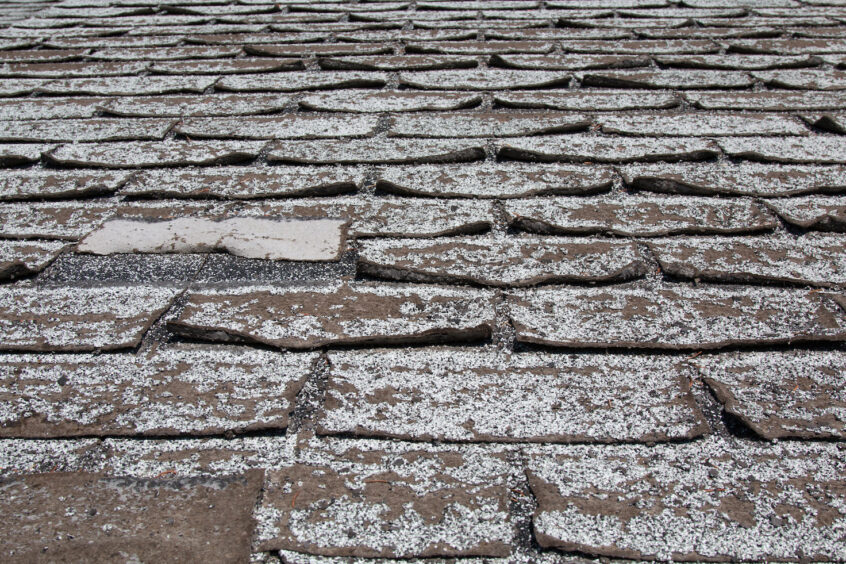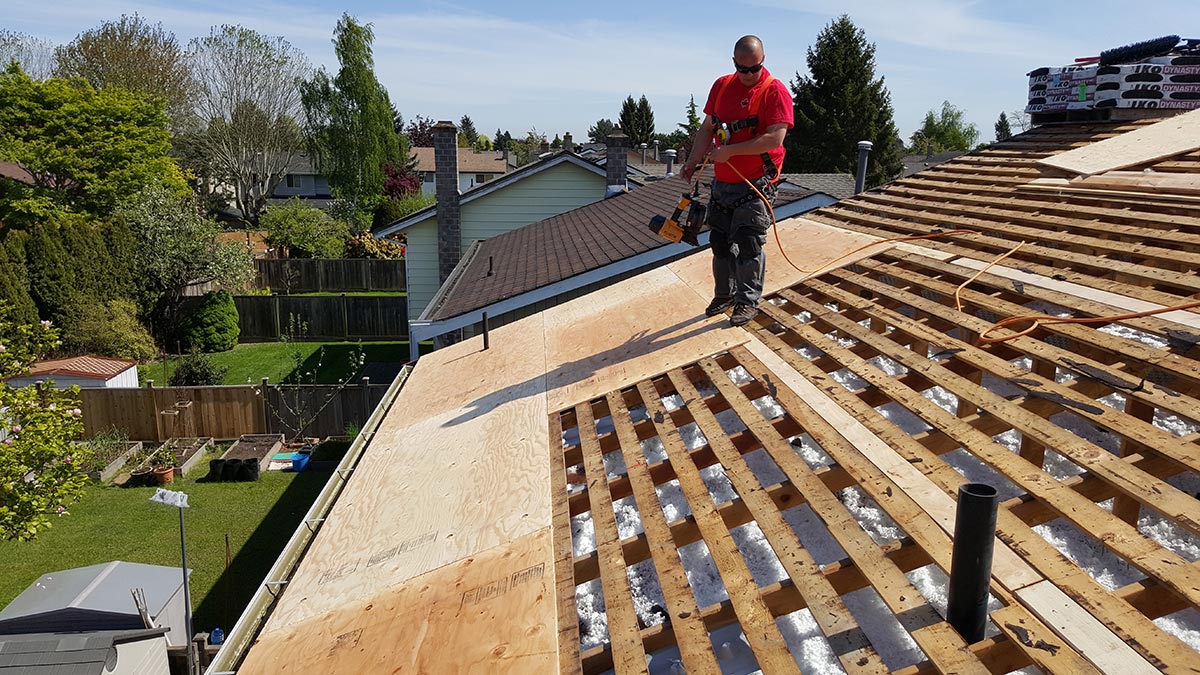New roofs are a necessary and can be an expensive reality for homeowners and commercial property managers alike. So how can you tell when a roof just needs a few repairs, as opposed to needing to be replaced completely?
A lot depends on the type of roof and the type of wear and tear it has taken. If you’re seeing signs that your roof is nearing the end of its life, you’re going to need to deal with it sooner rather than later, and you’ll need to make decisions about whether to patch it, do a partial replacement, or re-roof the whole building.
The most common types of roofing systems are:
- Low-Slope (flat) Roofing: Torch-on roofing, polyester-reinforced asphalt rolls that are applied with heat. It’s sealed together and is highly resistant to damage from weather, pests, rot, and debris.
- Steep-Slope Roofing: Asphalt Shingle roofing, is the most common type of roofing for residential homes and generally the most cost-effective option.
All types of roofs have different life expectancies and maintenance requirements. Good maintenance will help prolong the life of your roof, but no roof is going to last forever. It’s important to recognize when it’s time to take action to repair or replace a compromised roof.
What Are The Signs That A Roof Needs Repairs?
There are several things you can look for when you’re trying to determine if a roof is in need of repairs or replacement. Obviously, a leak is a sign that’s hard to miss. However, there are subtler clues you can look for as well. Shingles that are curling at the edges, cracked, or missing granules are a good indicator that a roof has worn to the point where something needs to be done. If you can see daylight through the roof boards in your attic, that’s a sure sign as well. Age alone is a fairly important factor—if you’ve had the same shingle roof for more than twenty years, you can expect that it’s going to need replacing soon.
In many cases, it can be more cost effective to replace the entire roof than to patch it or do a partial replacement. However, if the roof is fairly new it may be practical to simply repair problem areas.
The Importance Of Regular Maintenance
To prolong the life of your roof, it’s vital to maintain it regularly. If you’ve just had a new roof installed or repairs done, getting in the habit of practicing proper roof maintenance early on can help prevent future repairs or early replacement.


